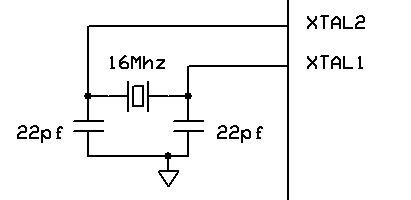ATmega32 CKOPT Fuse

An external crystal connects between the XTAL1 pin and XTAL2 pin, and when this configuration is used, the CKOPT option comes into play. These pins are within a feedback loop of an inverting op-amp situated inside the chip, and the CKOPT option determines the level of amplification of the clock signal.
If the clock voltage level is at full voltage, chip supply voltage, then the chip will consume more power. This is not a good thing if you are making a portable device that runs on battery power, because the batteries will not last as long.
If you select a lesser voltage level for the clock, then the batteries will last longer, however, in noisy environments, the clock signal could become corrupted, because it will be weak.
Good in noisy environments
The advantage of a full rail-to-rail output is that it is useful in a noisy environment; but with the disadvantage of more power consumption.
"programmed" (binary 0) (checked.
Good for battery powered applications
I will be choosing to power the ATmega32 on battery; hence, I need a power efficient configuration. Therefore, the setting for a smaller clock swing will be sufficient.
"unprogrammed" (Binary 1) (unchecked)
This Article Continues...
ATMega32 16 MHz Fuse BitUsing PonyProg Software
ATMega32 Default Fuse Bit Settings
ATmega32 CKSEL Options
ATmega32 CKOPT Fuse
ATmega32 SUT CKSEL Fuse Bit
ATMega32 JTAG Fuse
16 MHz Crystal Fuse Bit Configuration
ATMega32 Chip Recovery